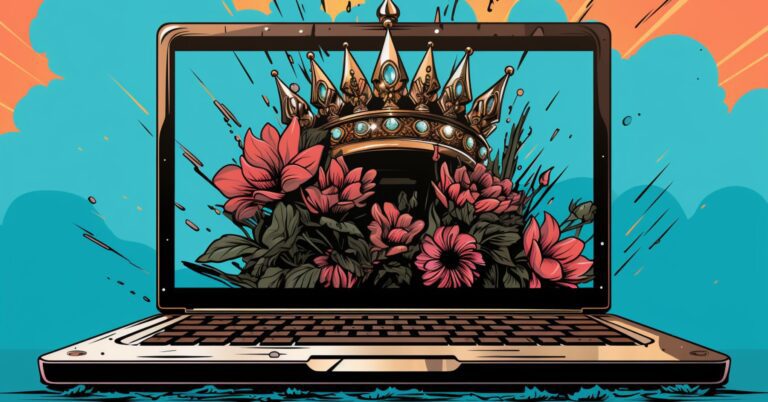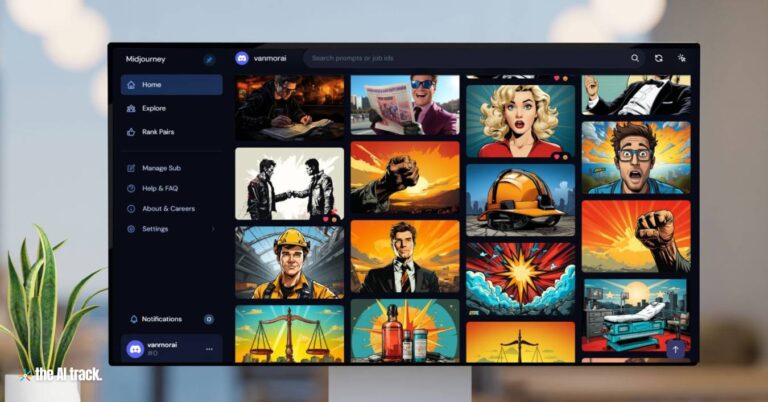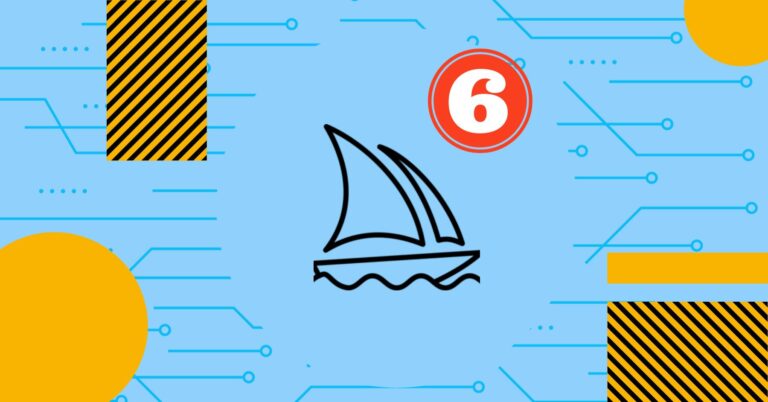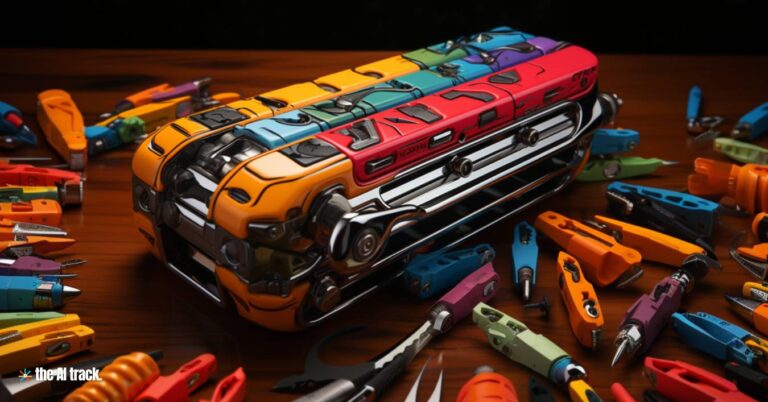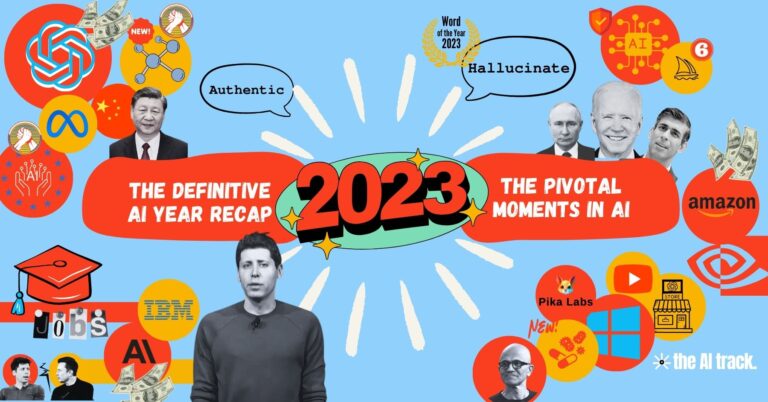Midjourney V7 model represents a bold step forward in AI image generation, offering a faster, more interactive creative workflow through voice prompts and Draft Mode, a new architectural foundation, and improved visual coherence. While it introduces several groundbreaking features, it launches with notable feature gaps and has received a mixed initial reception, with users split on whether the improvements justify the upgrade.
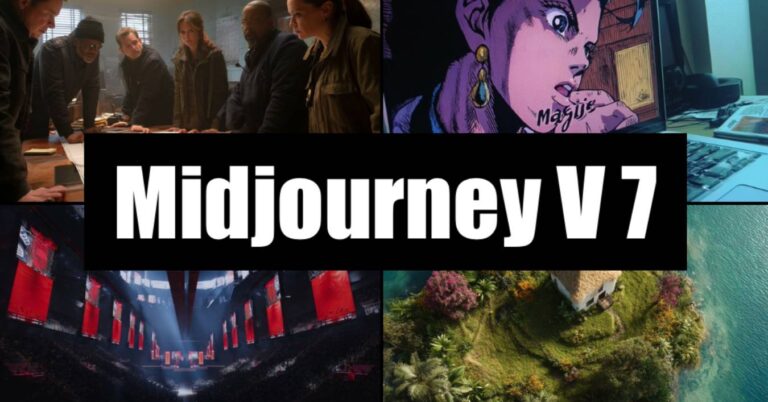
Midjourney V7 – Key Points
V7 Launched in April 2025 (Alpha Phase)
Released on April 4, 2025, Midjourney V7 is Midjourney’s first new image model in nearly a year. The alpha rollout closely followed OpenAI’s GPT-4o image tools and quickly went viral on social media, fueling direct comparisons across platforms like TechCrunch, Engadget, VentureBeat, and Ars Technica. Midjourney framed the launch as experimental, with iterative updates promised every 1–2 weeks over the next two months.
First Model with Built-in Personalization
Personalization is now mandatory for accessing V7. Users must rate 200 image pairs to generate a V7-specific Global Personalization Profile. This interactive curation helps tailor the model to each user’s visual taste. A “P” toggle in the web UI activates the style assistant. Personalization data from V6 is not automatically transferred, though Midjourney confirmed that previous styles may return in future updates. “Moodboards” from earlier versions are also currently unavailable.
Voice Prompting Introduced
For the first time, users can speak their prompts aloud using voice input via the Midjourney alpha web interface.
- This feature is tied to Draft Mode and accessible via a microphone icon in the prompt interface.
- Users can give real-time verbal feedback such as “make it more realistic” or “add detail,” allowing dynamic refinement of image outputs.
- It’s unclear whether the speech-to-text model is proprietary or based on third-party tools like OpenAI or ElevenLabs.
- The system automatically converts voice input into visible text prompts, generating a set of 4 images in response.
Draft Mode Supercharges Creative Workflow
Draft Mode allows for fast, iterative visual exploration:
10x faster rendering speed
50% cost reduction
Voice integration enables seamless prompt iteration
Output is lower quality but can be upgraded using enhance or vary options
Ideal for brainstorming and flow-state creation
Necessary to activate voice prompting
Draft Mode emphasizes continuous feedback, reducing the friction of rephrasing typed prompts.
Turbo and Relax Modes, with Pricing Shifts
V7 supports:
- Turbo Mode: Faster generation for high-quality outputs; 2x cost compared to V6 standard jobs
- Relax Mode: Slower, cheaper alternative
- Standard Mode: Still under development and not yet available
Major Architectural Overhaul
V7 is built on an entirely new architecture, with CEO David Holz describing it as a “ground-up” rework. The model introduces:
Greater coherence in hands, faces, fingers, and anatomical structures
Improved material realism, including skin wrinkles, ceramic textures, and dynamic lighting
More accurate prompt interpretation
Though not indistinguishable from reality, V7 marks a meaningful reduction in telltale AI artifacts that plagued earlier models.
Temporary Feature Gaps (Fallback to V6)
As of launch, several key features are unavailable in V7:
Image upscaling
Inpainting/editing
Retexturing
Character/style reference commands (
-cref,-sref)These fall back to V6 and will be migrated over the coming months. A new character/object reference system tailored for V7 is in development.
Works with Previous Parameters
V7 supports most of the familiar parameter syntax from previous versions (
--ar,--seed) and is compatible with V6.1’s--srefcodes, although users report variable behavior.Accessible via Web App and Discord
V7 is available:
- Via Midjourney’s web interface on alpha.midjourney.com, where users can manage styles, prompts, Draft Mode, and voice input
- On Discord, which remains essential for many workflows, particularly for users integrating Midjourney with Runway and other image-to-video pipelines
Strong Market Presence and Strategic Positioning
- Founded in 2022 by David Holz (Leap Motion co-founder)
- Operating without venture capital
- Estimated $200M revenue in 2023
- Headquartered in San Francisco
- Formed a hardware team in 2024, with unspecified future projects
- Concurrent development of models for video, 3D object generation, and expanded character referencing
Legal Scrutiny Intensifies
Midjourney is involved in multiple lawsuits over alleged copyright violations, specifically for training models using web-scraped images without artist consent. Critics point to residual watermarks and signature traces as evidence. Legal outcomes may define boundaries for training data legality and fair use in AI.
Mixed User Reception to V7
Unlike previous Midjourney releases, V7 has drawn a polarized reaction:
- Critics say the improvements are incremental, describing it as “V6.2” rather than a true leap
- Issues with anatomy, text generation, and loss of previous features like
-crefdrew frustration - Some power users praised image quality and the addition of voice input and Draft Mode
- Influencers like Ethan Mollick, Javi Lopez, and David Shapiro posted critical feedback, noting the difficulty in reproducing V6-quality results with identical prompts
- Positive feedback focused on improved aesthetics, workflow speed, and artistic output, especially from new users and visual creatives
Why This Matters:
V7 pushes the generative AI envelope with an interface that mirrors human creativity: conversational, iterative, and intuitive. Its voice-driven workflow, architectural rebuild, and emphasis on personalization mark a paradigm shift in how people interact with image models. Yet, it also reflects the challenges of maintaining quality, compatibility, and user expectations amid rapid innovation. As the AI image space becomes more crowded and competitive, Midjourney’s ability to adapt to feedback and maintain its “gold standard” reputation will determine whether V7 becomes a foundational leap or a transitional experiment.
See which AI image generator is the best in this epic showdown among the top and discover which one can create the most realistic, creative, or surreal images.
Read a comprehensive monthly roundup of the latest AI news!

